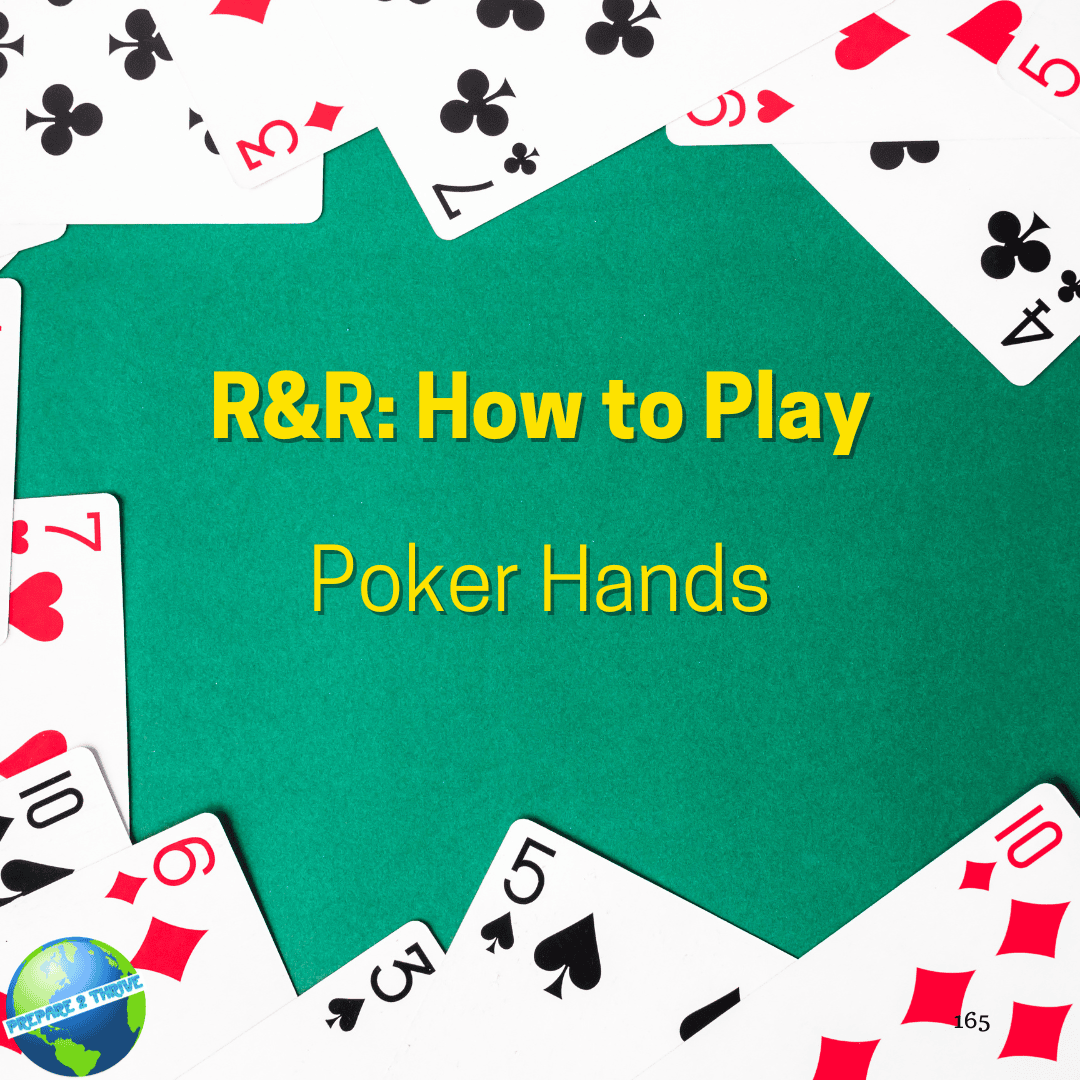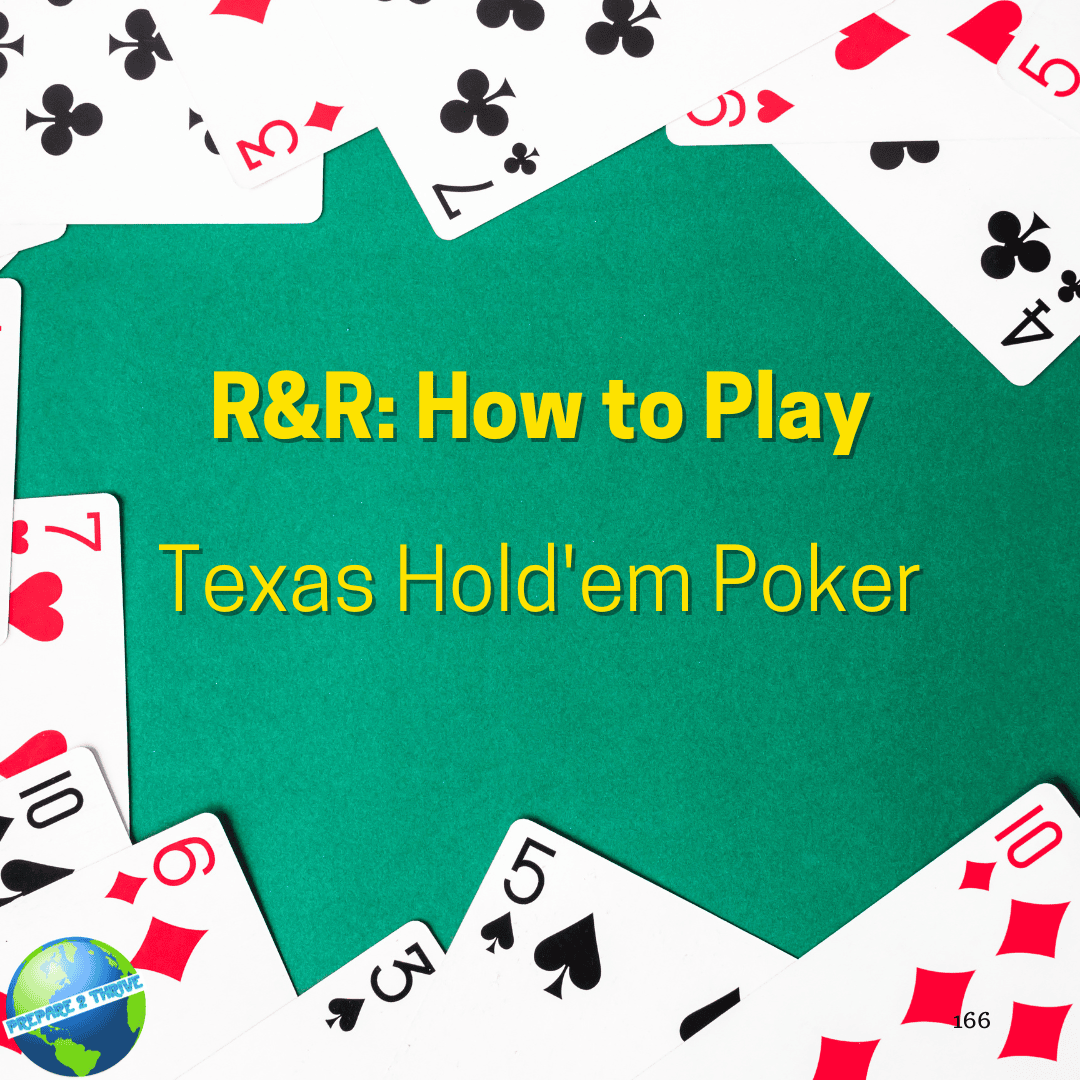Texas Hold'em is a popular poker variation played with 2 to 10 players. The objective is to win chips by having the best hand or by convincing opponents to fold.
Setup for Texas Hold'em:
- Use a standard 52-card deck for Texas Hold'em.
- Assign a dealer button that rotates clockwise after each hand.
- Determine the small blind and big blind positions for the current hand.
Objective for Texas Hold'em:
- The goal is to win chips or money by having the best hand at showdown or by bluffing your opponents into folding.
Round Play for Texas Hold'em:
- The game is played in a series of hands, and each hand consists of several steps.
- Players are dealt two private cards (hole cards) face down.
- The small blind and big blind positions post mandatory bets to start the action.
- Players take turns in a clockwise direction, with several betting rounds:
- Pre-flop: Players decide whether to call (match the big blind), raise (increase the bet), or fold (discard their hand).
- Flop: Three community cards are dealt face up in the center of the table. Another round of betting occurs.
- Turn: A fourth community card is revealed, and there is another betting round.
- River: A fifth and final community card is revealed, and a final round of betting occurs.
- Players can use their hole cards and the community cards to make the best possible hand.
- The hand concludes with a showdown if two or more players remain after the final betting round.
- The player with the best hand, according to standard poker hand rankings, wins the pot. If there's a tie, the pot is split between the tied players.
Winning:
- The player who accumulates the most chips or money over the course of the game or meets a specific win condition (like eliminating all opponents) is the winner.
Tips:
- Pay attention to your hole cards and the community cards to make informed decisions about betting and folding.
- Bluffing can be an effective strategy, but use it selectively and based on your opponents' behavior.
- Be aware of your position at the table, as it influences your betting options and strategies.
Texas Hold'em is a highly strategic and widely played poker variation that requires a combination of skill, psychology, and tactics. It is popular in both casual home games and professional poker tournaments, making it a great choice for players of varying skill levels.

Poker Hands
Poker hands are ranked based on the combination of cards a player holds. Here are the standard poker hand rankings from the highest to the lowest:
-
Royal Flush:
- A, K, Q, J, 10, all of the same suit.
- The highest-ranking hand, unbeatable in standard poker.
-
Straight Flush:
- Five consecutive cards of the same suit.
- For example, 9, 8, 7, 6, 5 of Hearts.
-
Four of a Kind (Quads):
- Four cards of the same rank.
- For example, four Kings and any other card.
-
Full House:
- Three cards of one rank and two cards of another rank.
- For example, three Jacks and two Fives.
-
Flush:
- Five cards of the same suit, not in consecutive order.
- For example, 10, 7, 6, 4, 2, all of Diamonds.
-
Straight:
- Five consecutive cards of different suits.
- For example, 9, 8, 7, 6, 5 of mixed suits.
-
Three of a Kind (Trips or Set):
- Three cards of the same rank.
- For example, three Queens and two unrelated cards.
-
Two Pair:
- Two sets of pairs.
- For example, two Kings, two Nines, and an unrelated card.
-
One Pair:
- Two cards of the same rank.
- For example, two Tens and three unrelated cards.
-
High Card:
- The highest card in your hand when no other hand is made.
- If no player has a pair or better, the highest card(s) in your hand determine the winner.
The player with the highest-ranking hand wins the pot. If two or more players have the same hand (e.g., both have a pair of Aces), the winner is determined by the kicker (the highest unpaired card) and, if necessary, the second kicker.
It's essential to understand the poker hand rankings, as they form the basis for evaluating the strength of your hand and making betting decisions. Keep in mind that some poker variations may have unique hand rankings or special rules, so it's important to be aware of the specific rules of the game you are playing.
